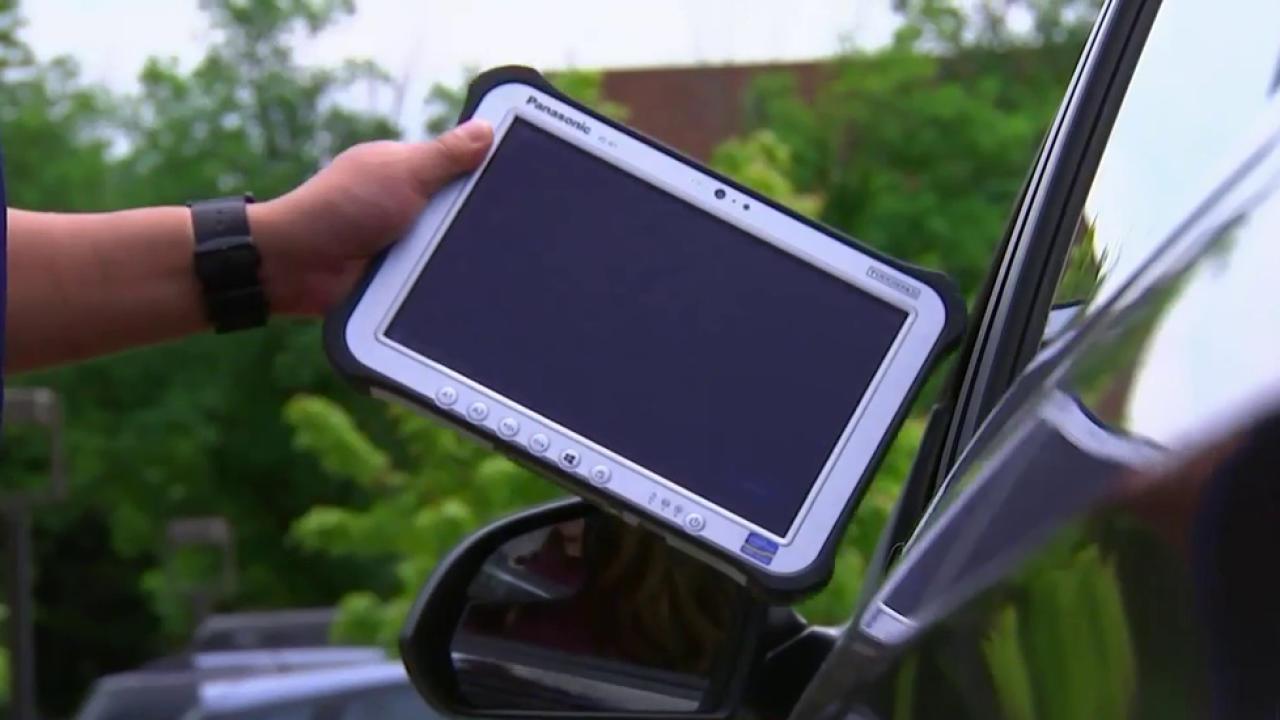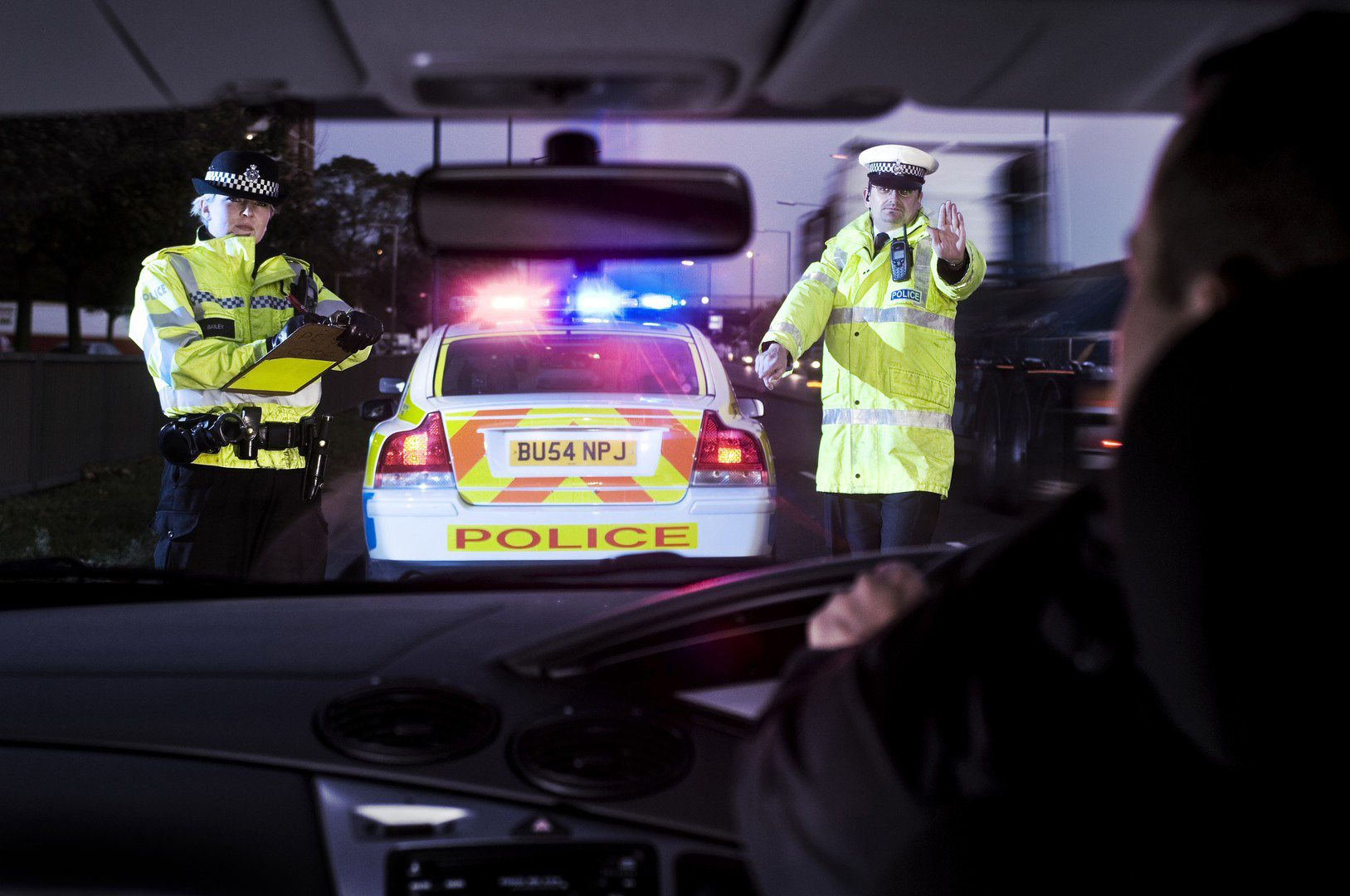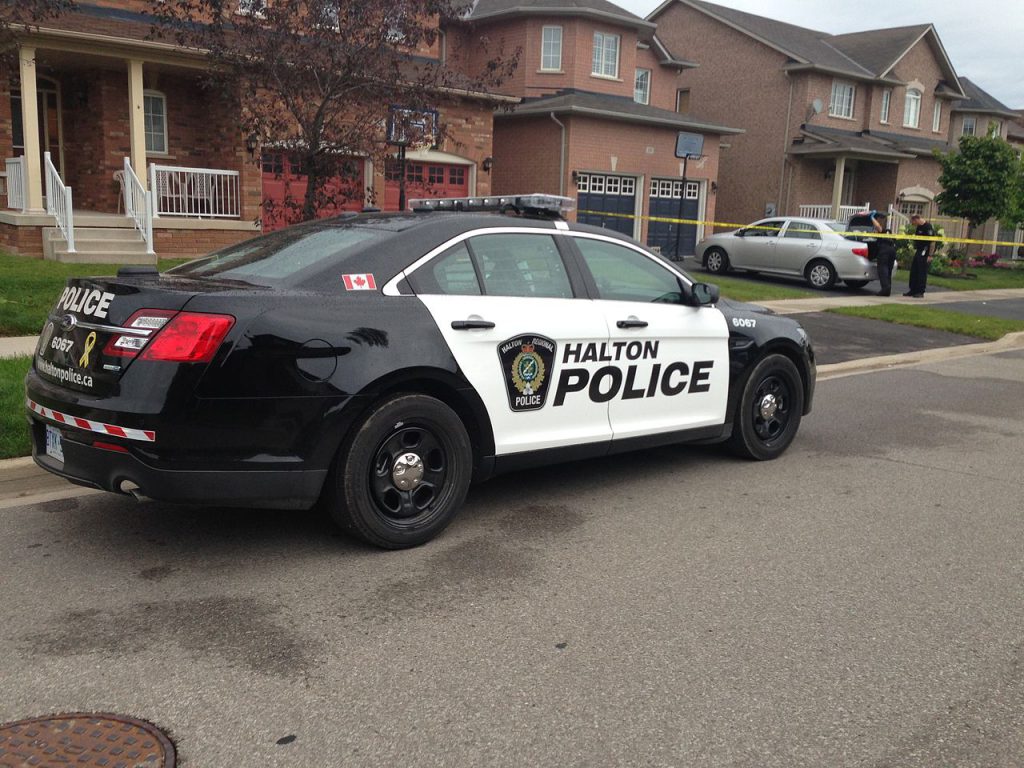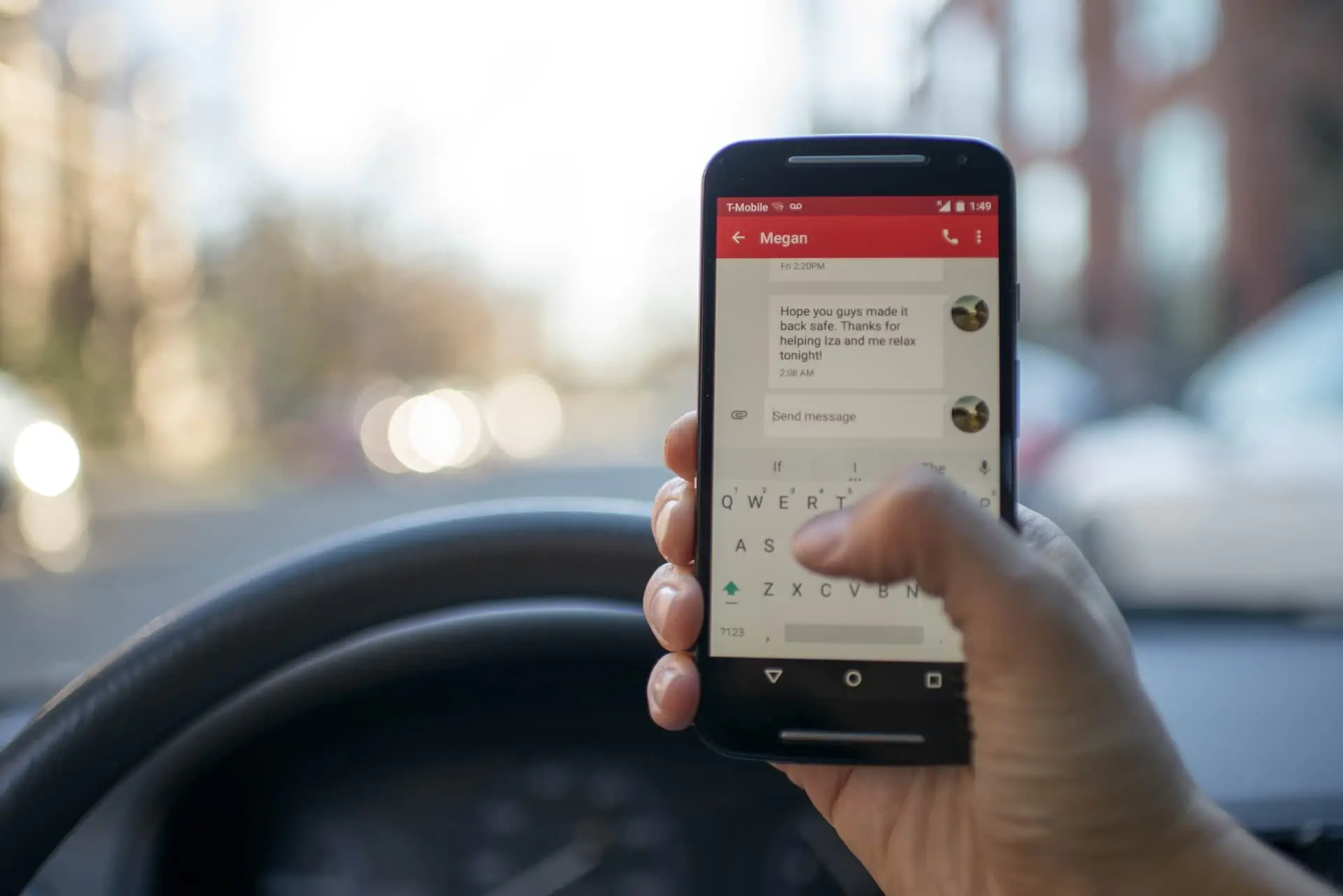Distracted driving is not a new concept; drivers have been eating, grooming, changing CDs and chatting away while driving for decades.
But now, thanks to the smartphone boom, law enforcement officers face the rising challenge to reduce distracted driving based accidents.
It’s not an easy task, but police are continuing to find new ways to tackle this problem with a mix of strategic approaches and new technologies.
Nevada & New York Consider ‘textalyzer’
 (Image source: media1.s-nbcnews.com)
(Image source: media1.s-nbcnews.com)
Law enforcement officers have already participated in efforts to reduce distracted driving in the state of Nevada. And, now, a new legislative proposal hopes to take these efforts a step further by providing officers with technology that could hold distracted drivers using phones accountable.
The device is called the “textalyzer” and plugs into the driver’s phone via a cable. After a crash, it can show a police officer which apps were open and if they were swiped or tapped.
“For example, if it was a WhatsApp message or a call, it will indicate what the source was, the time stamp, and then what the direction of the communication was, so if it was an outgoing call versus an incoming call,” Lee Papathanasiou, an engineer at the company, told NPR.
If the legislation passes in Nevada, New York could be next to follow suit. Westchester County, NY, is considering similar legislation to condone law enforcement’s use of the technology for their car crash investigations.
UK Police’s New phone Detector
 (Image source: flickr.com/photos/westmidlandspolice)
(Image source: flickr.com/photos/westmidlandspolice)
Police forces in Hampshire and Thames Valley, UK, are the first to use a new technology that can determine how many cars have phones being used without hands-free kits.
How does it work? A device can pick up GSM signals across 2G, 3G, and 4G; and, when it spots a phone being used, it will flash a mobile phone symbol at the vehicle. The gadget can also detect the use of a hands-free system is in use.
However, because the system is based on radio signals and cannot distinguish between drivers and passengers, it means it can ́t be used for enforcement without some kind of secondary related evidence (such as videos from surveillance or dash cameras).
But police say they’ll use this technology to identify hotspots where mobile phones are frequently used and to advise drivers in those areas not to use their phones while driving.
‘We welcome this technology as it will hopefully make drivers think about what they are doing behind the wheel, and encourage some to put down their phones and concentrate fully on driving,” said RAC road safety spokesman Pete Williams.
Gainesville Police Go Undercover
Police in Gainesville are working to crack down on the distracted driving issue and they’re getting creative.
Officers are suiting up in construction worker uniforms and are positioning themselves near stoplights and intersections. Unsuspecting drivers, unaware that these men and women are in fact police wearing body cameras, are falling victim to their violations being relayed to the waiting traffic units positioned just down the street.
“What we have is plain-clothes officers, they are in what you would consider construction attire…they’ve got orange vests, hard hats, and they’re looking for distracted driving,” explains Gainesville Police Sgt. Kevin Holbrook.
Halton Police Now Using Side-Camera Technology

Halton police’s front-line officers have a new tool available that has helped produce over 1,000 distracted driving charges since January.
Officers have begun deploying side-camera technology on their police vehicles, modernizing evidence collection practices and finding an innovative way to tackle this problem. When an officer spots a distracted driver, they can push a button to record.
Distracted Driving Awareness Month

Each April, Distracted Driving Awareness Month aims to recognize the dangers of preventable deaths.
Connect to Disconnect (C2D) is a 1-day national distracted driving enforcement and awareness initiative coordinated by State Highway Safety Offices and law enforcement agencies across the country.
Law enforcement joins together to send a zero-tolerance message to the public: Driving distracted on America’s roadways will result in a ticket.
One strategy that agencies have used was the saturation patrol (also called a blanket patrol, “wolf pack,” or dedicated patrol) which consists of a large number of law enforcement officers patrolling a specific area for a set time to increase the visibility of enforcement and identify texting and driving violations.
For example, Washington and Illinois State Police have had more troopers out ready to write tickets to anyone who is on the road using their phones.

